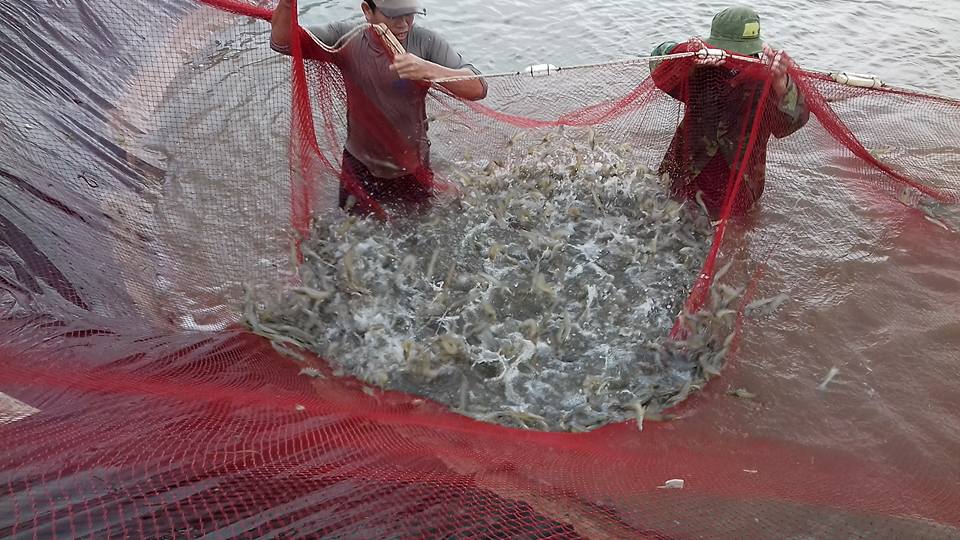
For the first time in history, fish farming has overtaken captured fisheries as the leading per capita supplier of fish. Continued growth of the global population has placed natural fish stocks under strain, but with overfishing becoming a key environmental concern, fish farming has boomed.
Big Four professional services firm PwC has explored the pros and cons of ‘aquaculture’ – or fish farming – analysing data collected by the Food and Agriculture organisation of the United Nations.
Fish has always been a staple of the human diet, remaining a source of relatively cheap protein for the bulk of the world’s population, particularly across the Asia-Pacific region. A growing population, has also seen a dramatic increase in consumption however, spiking by 41.8 million tonnes over the 10 year period of 2004-14 alone. As a result the total amount of fish caught world-wide saw an upsurge of around 27 million tonnes over the same period.
The consulting firm’s research showed that as a result of a jump in global population of almost a billion people, between 2004 and 2014, the total consumption of fish increased from 104.5 million to 146.3 million tonnes. Per capita this saw an average increase of 16.2 kg to 20.4 kg fish being consumed.
World fisheries and aquaculture production and utilisation
This increase inevitably led to strains being placed on fish stocks – or populations of fish – but the impact was not just restricted to sea-food. In fact, marine capture of fish actually declined slightly, falling from around 85 million tonnes in 2004 to 81.5 million tonnes in 2014 – as the collapse of some species saw some unsustainable practices reeled in. Inland capture however steadily increased, jumping from 8.9 million tonnes in 2004 to 11.9 million tonnes in 2014 – placing many species under significant threat.
The reining in of sea fishing meanwhile has broadly seen ocean stocks recover – however it has been supplemented heavily by an increasingly industrialised farming culture, with fisheries picking up the shortfall from a relatively stable capture rate to fulfil the needs of a climbing per capita consumption rate. Farmed fish increased over the same period from 45.9 million tonnes to 73.8 million tonnes.
Marine capture fisheries: major producer countries
Asia and the Americas host the majority of the largest fishery industries. According to the most recent figures, of those, China boasts by far the biggest marine capture segment. The Asian superpower saw marine fishing yield of 14.8 million tonnes in 2014, a huge 18.2% of the global total by weight. That haul was an increase of 20% from that of 2003. Indonesia meanwhile ranked second in the study, with the yields of the country’s industry climbing by 39.5% since 2003, at 6 million tonnes. The US has remained relatively stable in terms of total fish caught, at 5 million tonnes in 2014, increasing narrowly from 4.9 million tonnes in 2003.
Countries with the largest drops in their fishery output include Peru, which fell by 42.6% to 3.5 million tonnes, Thailand, which fell 40.7% to 1.6 million tonnes and Chile where marine catches fell 38.9% to 2.1 million tonnes.
Alaska Pollock was the world’s most abundantly fished fish, totalling 3.2 million tonnes in 2014, up 10.3% on 2003, and Skipjack Tuna also saw its total catch up 40.9% to 3.1 million tonnes. While anomalous species such as the aptly named Jumbo Flying Squid have seen catch numbers soar by 200% to 1.2 million tonnes, a number of species actually saw substantial drops in the number of wild catches.
Global trends in the state of world marine fish stocks
Most notably including the Anchoveta, the second most abundantly caught fish, which at 3.1 million tonnes actually fell by 50% since 2003. The Atlantic Herring catch fell from 2 million tonnes to 1.6 million tonnes, along with the Japanese Anchovy, the catch of which fell around 25% to 1.4 million tonnes.
Falling Fish
Despite this progress, overfishing remains a key environmental concern, with around 30% of all stocks fished at biologically unsustainable levels in 2013. Overfishing can spell dire consequences for the wider ecology of regions, particularly if keystone fish – species which a range of marine, bird and mammal life remain are dependent on – are depleted.
To meet the global increase in per capita demand for fish, in the face of the mounting threat of overfishing, fish farming has seen rapid growth. In 1954 the practice was still in its infancy, producing less than a kilo of meat per capita, and while by 1994 farmed fish accounted for almost 4 kg per capita, the industry still lagged far behind captured fish. However in the 20 years since, the sector saw a staggering boom, with the most recent numbers finding that, for the first time in history, the aquaculture industry surpassed caught fish as the top per capita source of fish for human consumption.
Relative contribution of aquaculture and capture fisheries to fish for human consumption
While this would seem likely to boost wild fish stocks however, the practice is not without its drawbacks. As its popularity has increasing, so too has the understanding of the cons of aquaculture, seeing criticism levied at fish farms raising carnivorous fish like salmon in particular.
While in theory farms could still meet the global need for fish while reducing strains on the ecosystem, in practice it often requires a high percentage of protein, which is usually derived from wild fish in their feed. More kilograms of wild fish are subsequently used to raise salmon than farmed salmon produced, depleting wild fish stocks rather than supplementing them.
Meanwhile the open-pen set up of many fish farms has led to the contamination of a number of local eco-systems, as parasites and chemicals domesticated fish have adapted to threaten their wild equivalents. However, regardless of these draw-backs, the trend looks set to continue to flourish, with PwC researchers forecasting that by 2025 around 102 million tonnes of total global fish stocks will stem from farms, 39% higher than 2014.
According to Miguel Marques, a Partner at PwC, while environmentally the jury may be out on industrial fish farming, the economic and political expedience of the practice makes it an attractive prospect in the future. Along with the creation of numerous jobs, Marques contended that the industry, “allows more mature economies to secure greater value from their maritime zones and opens up new opportunities for developing economies.”
Source: http://www.aquaculturemag.com



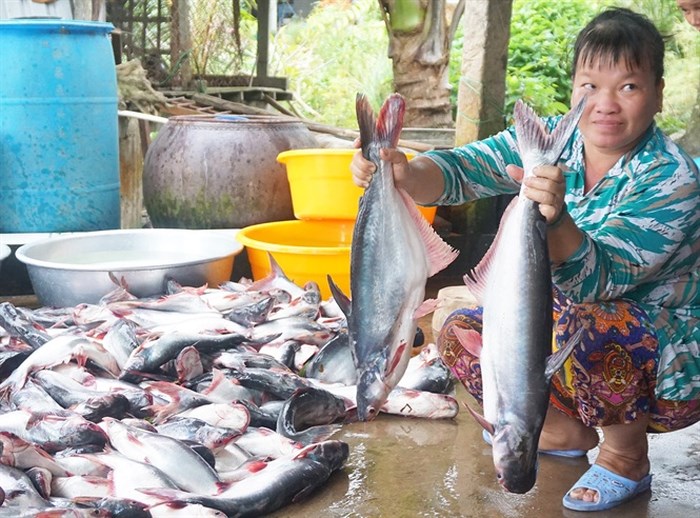
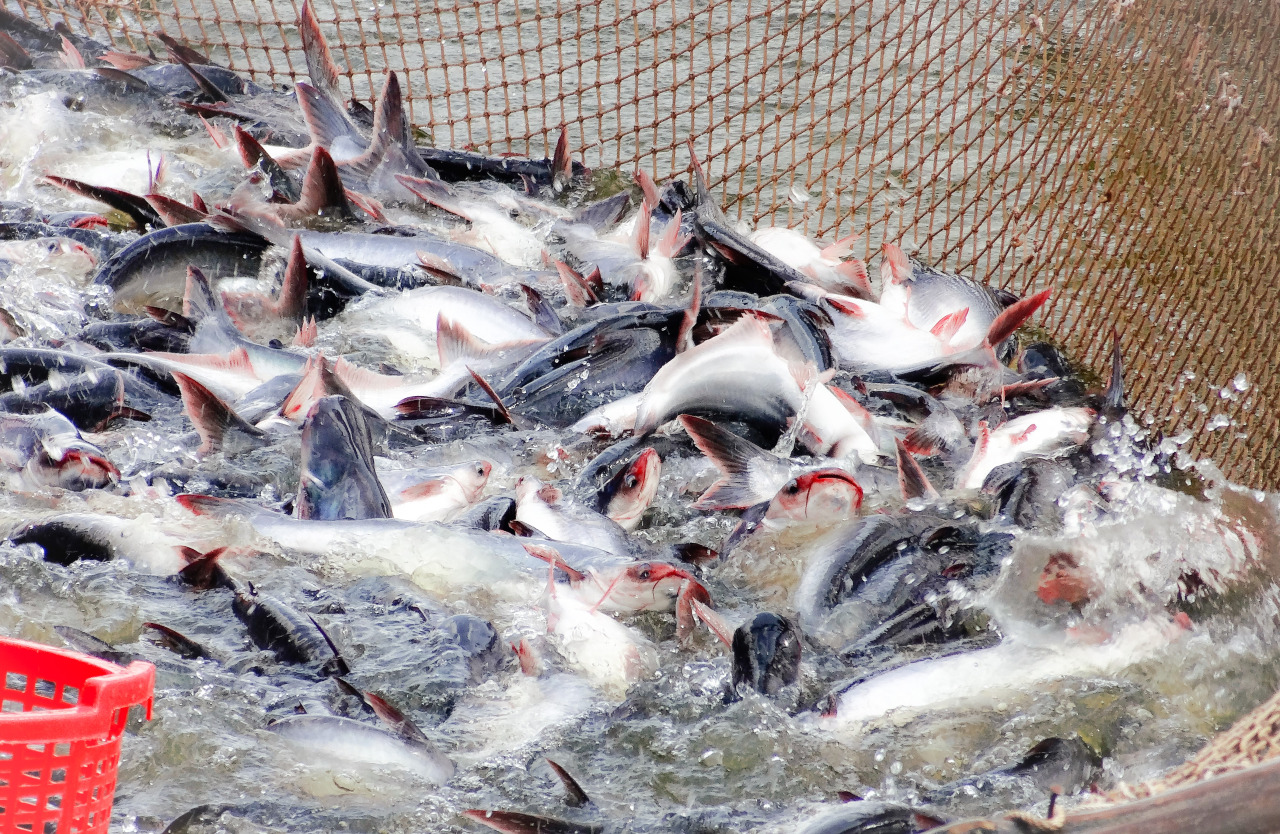
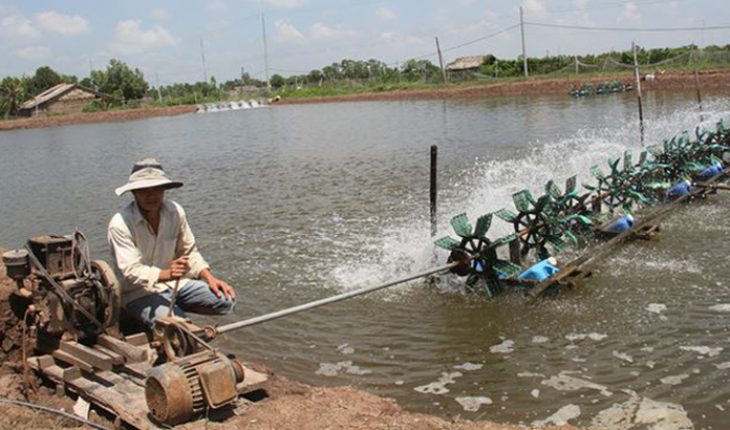
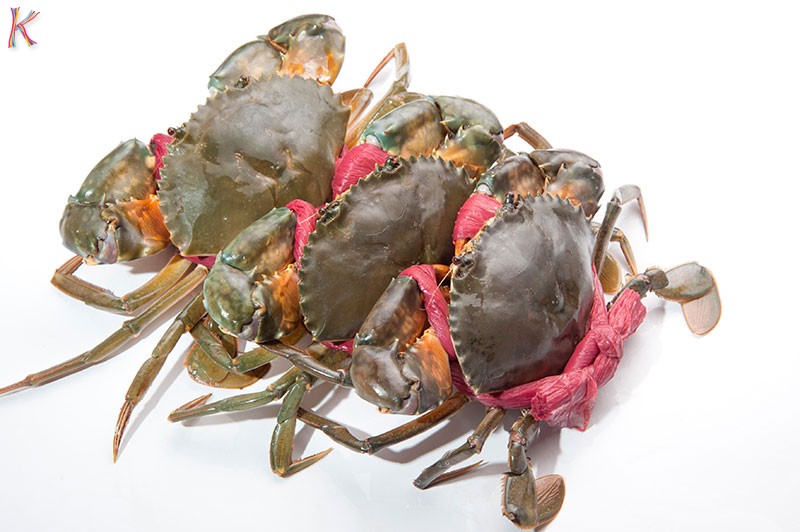

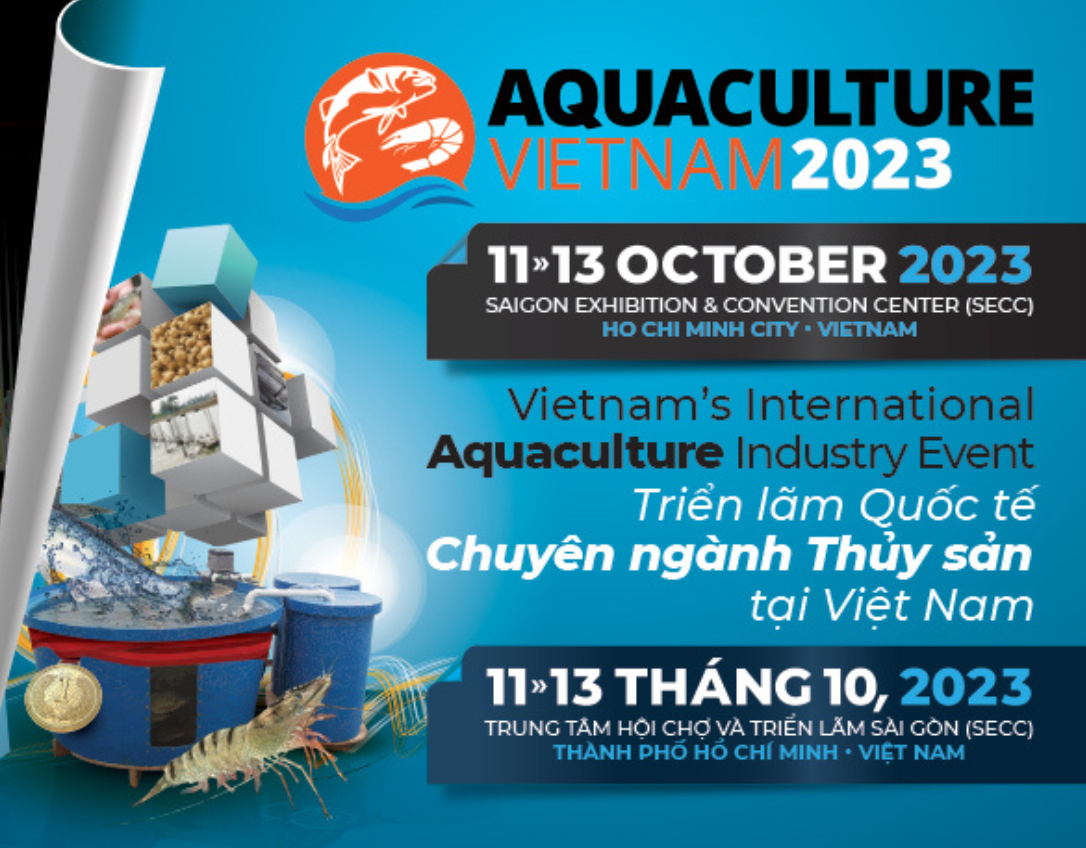

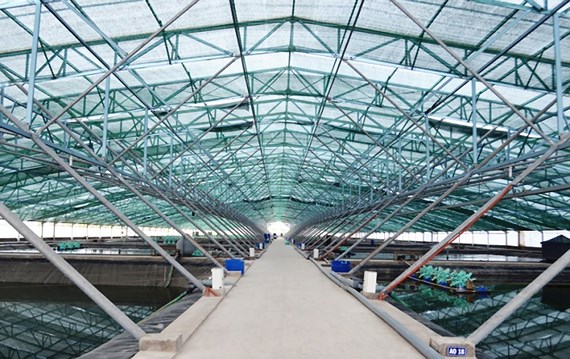




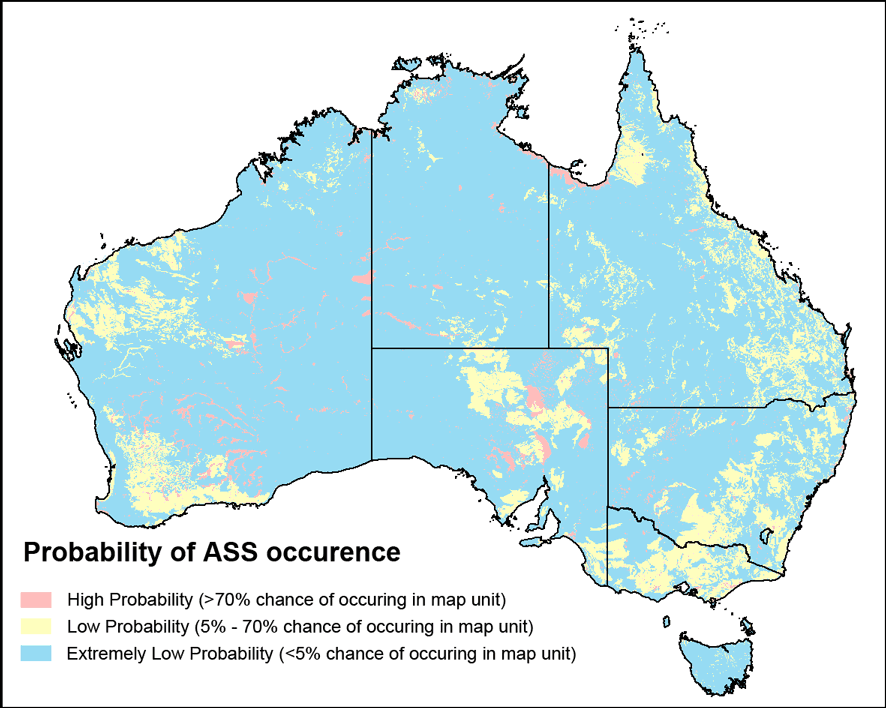

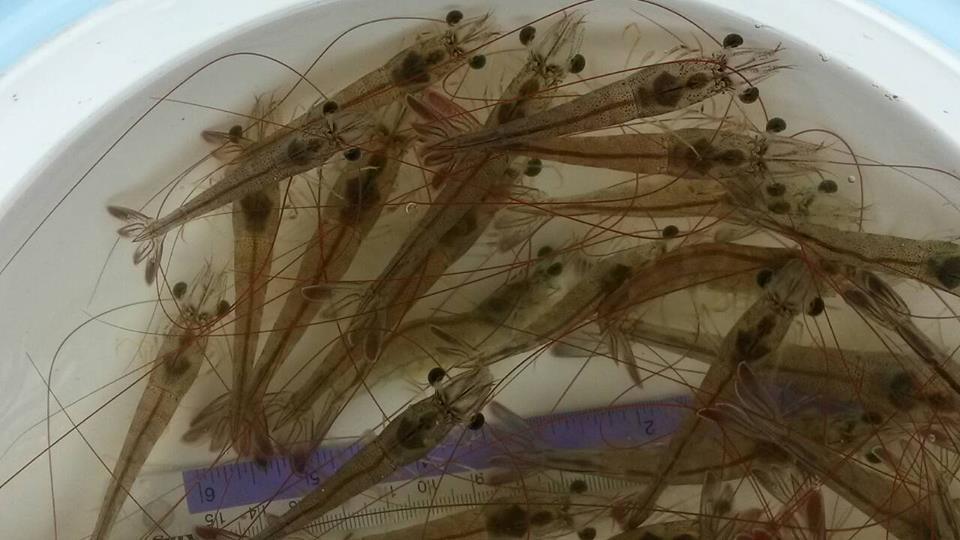
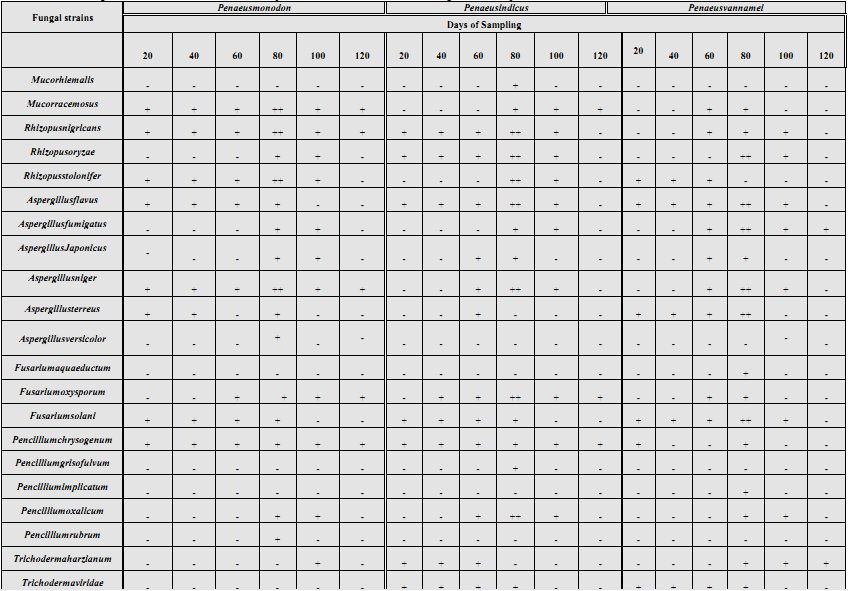
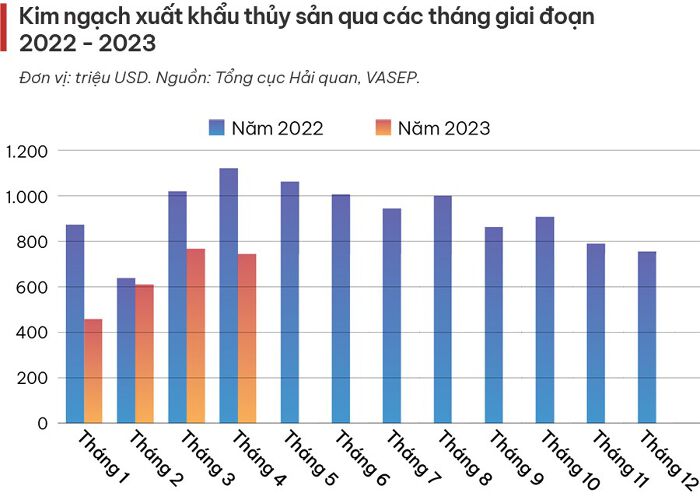
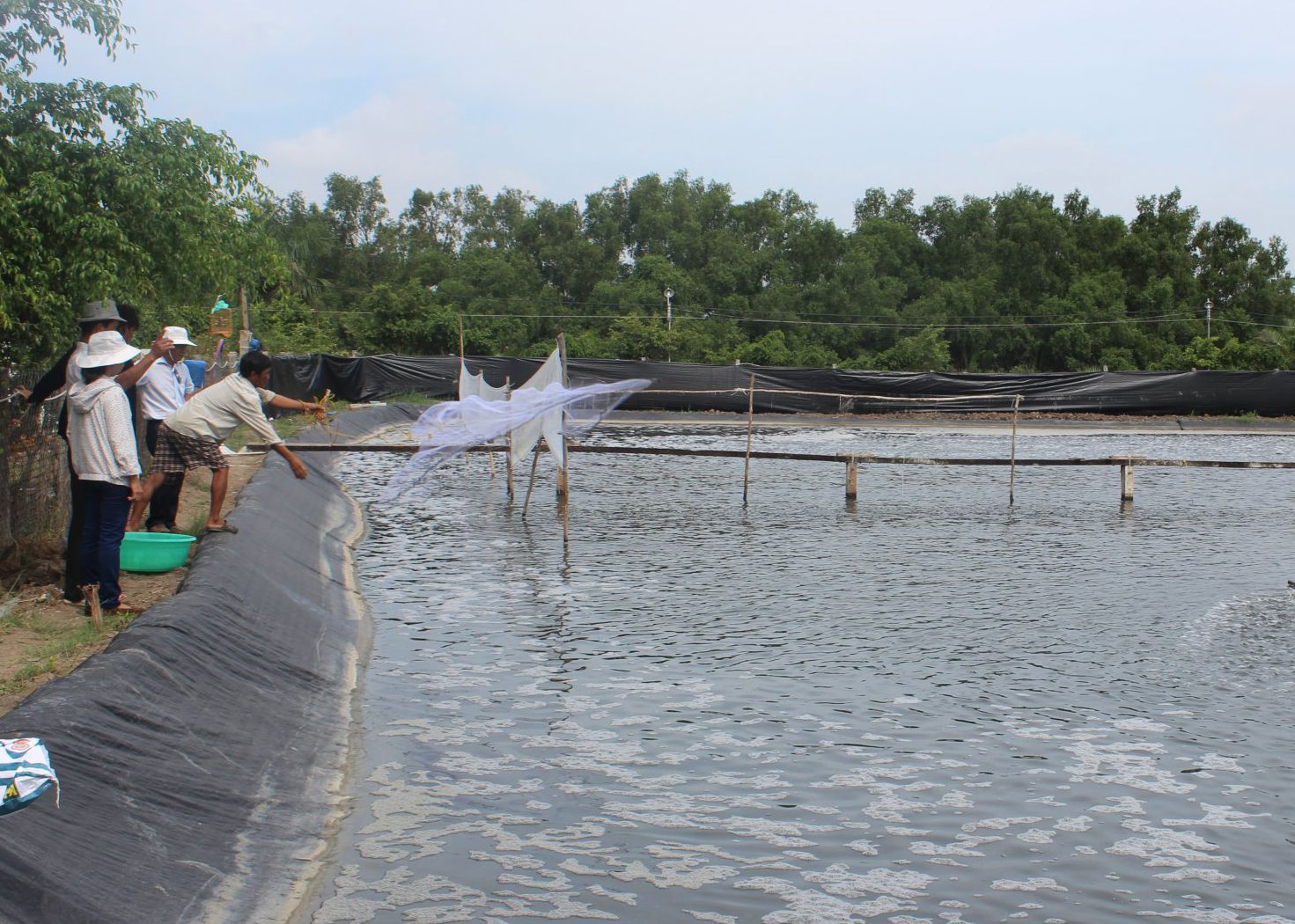

Bình luận bài viết